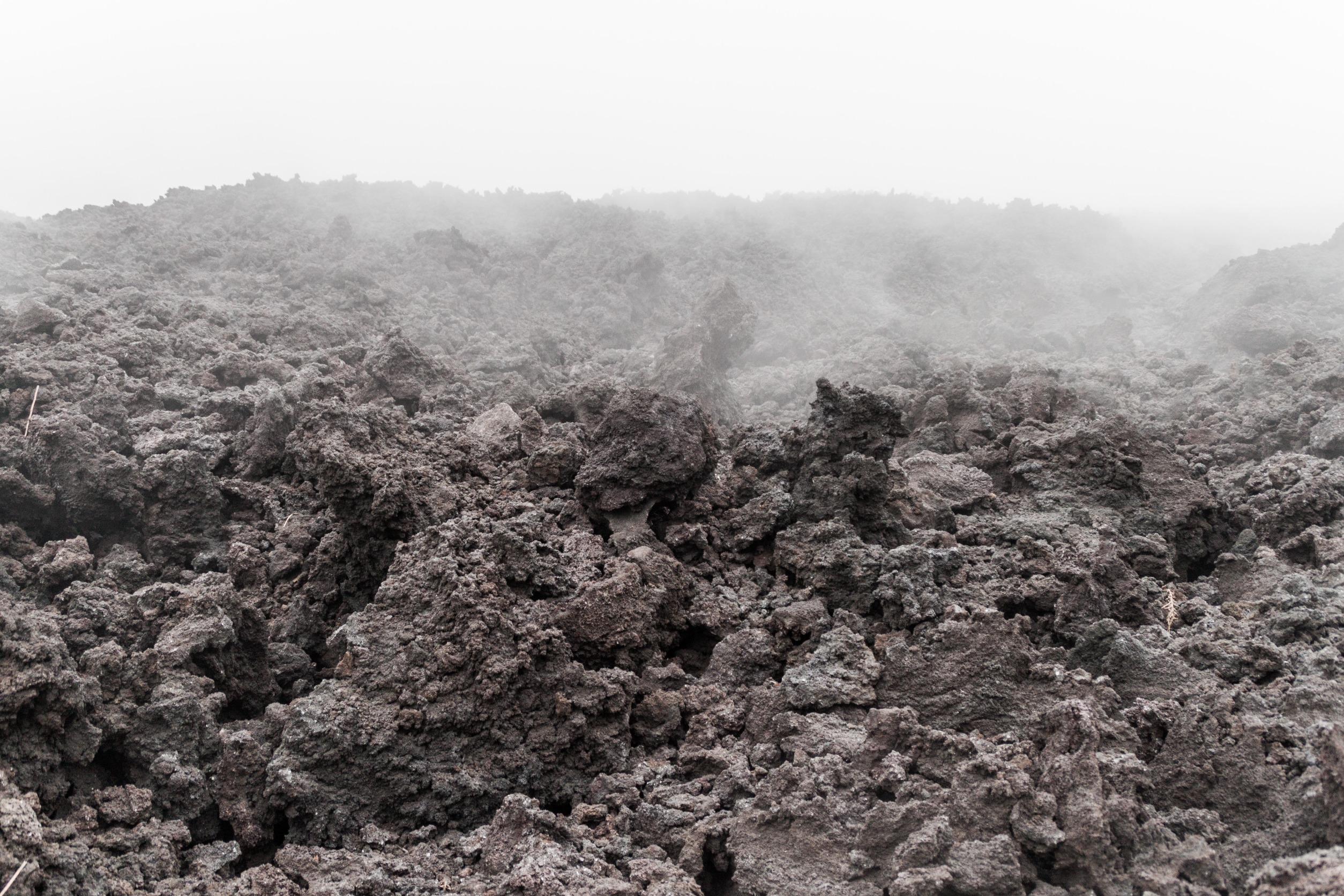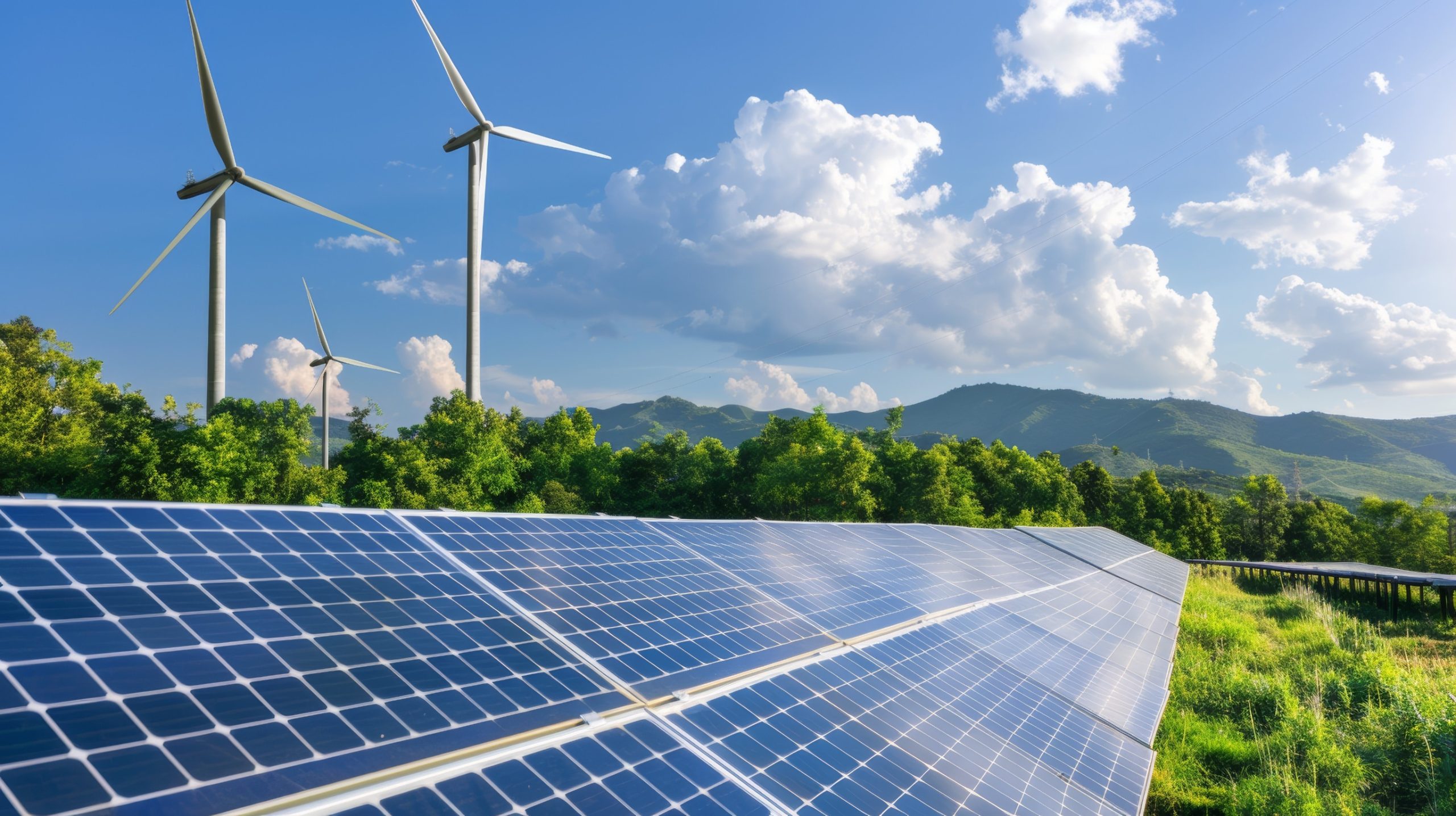While necessary to support human settlements, the development of infrastructure in coastal areas is often harmful to surrounding natural ecosystems. That’s because most of this construction is made of concrete — a material whose chemical composition and flat surface fails to act as a viable surrogate to natural substrates such as oysters and coral reefs.
In an effort to rethink the way we build in coastal areas, Israeli marine biologists Dr. Shimrit Perkol-Finkel and Dr. Ido Sella have founded ECOncrete — a sustainable and scalable solution aiming to reduce the negative environmental impact of marine infrastructure.
To achieve its goal, ECOncrete has developed a line of alternative concrete materials that score high on durability and strength while also having an enhanced ecological and biological value. The ultimate idea is to bridge the functional and structural gaps between underwater concrete developments and their surrounding natural habitats.
“We wanted to take our academic expertise and apply it to the real world, at scale, to really make a change and offset the enormous damages that people are inflicting on our oceans,” said Perkol-Finkel.
Seeking to make coastlines less disruptive to marine ecosystems, ECOncrete replaces intrusive concrete structures, such as seafloor mats and seawalls, with products that blend in with their surroundings. It achieves this through biomimicry — a technique of drawing inspiration from the textures, shapes, and patterns found in the natural world in order to design products.
As a result, the company’s concrete solution is a bio-enhancing material that helps marine life thrive. And on top of that, the material can also help reduce greenhouse gas emissions by fostering natural processes such as biocalcification which can sequester CO2 from the oceans.
Since it launched in 2012, ECOncrete has tested its solution in several large-scale experimental projects worldwide and has since then improved the positive environmental impact of its alternative concrete structures.












